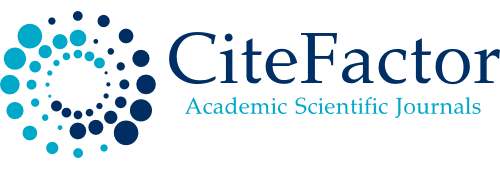Uji Efektivitas Ekstrak Kulit Jengkol (Pithecellobium jiringa) Dalam Menghambat Penyakit Antraknosa (Colletotrichum sp.) Pada Tanaman Cabai Rawit (Capsicum frutescens L.)
Abstract
The productivity of cayenne pepper in South Kalimantan has increased in 2017 – 2020, to maintain the stability of cayenne pepper productivity in South Kalimantan, efforts are needed to prevent the occurrence of cayenne pepper anthracnose. Anthracnose disease caused by the fungus Colletotrichum sp. which is an important disease in cayenne pepper because it can cause crop failure. Farmers generally control anthracnose using synthetic pesticides, but the use of synthetic pesticides can have a negative impact on the environment and crop quality. Alternative environmentally friendly controls that can be developed are
the use of organic materials, especially organic wastes which still have active compounds and have the potential to be used as vegetable pesticides. One of the organic wastes that can be used is jengkol peel (Pithecellobium jiringa). The purpose of this study was to determine the effectiveness of jengkol peel extract in inhibiting the growth of the fungus Colletotrichum sp. on chili peppers. The environmental design used in this study was a one-factor completely randomized design (CRD) consisting of 5 concentrations of jengkol peel extract, namely T0 (control), T1 (10%), T2 (20%), T3 (30%), and T4 (40%) with 4 replications. The application of jengkol peel extract was carried out 3 times and the inoculation of the fungus Colletotrichum sp. done 1 time when the plants are flowering (50 hst). Observations were made every 7 days after the application of jengkol peel extract. The results of research observations showed that jengkol peel extract was effective in inhibiting the occurrence of anthracnose disease. The concentration of jengkol peel extract that was most effective in inhibiting the growth of anthracnose disease in cayenne pepper was at a concentration of 40% with the smallest percentage of disease incidence of 12.9%.






